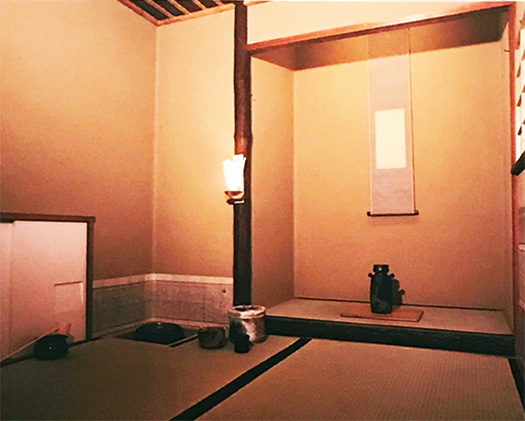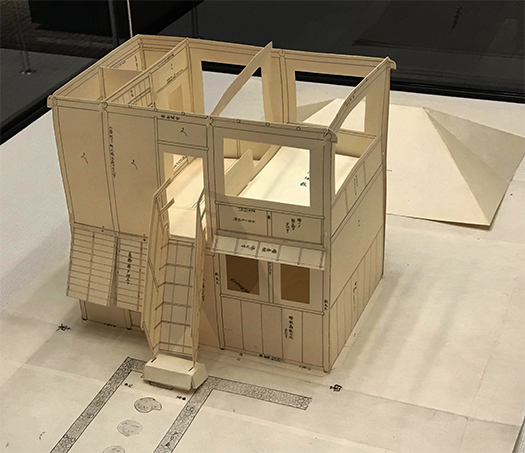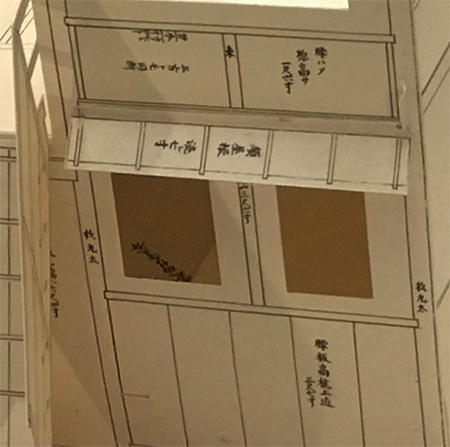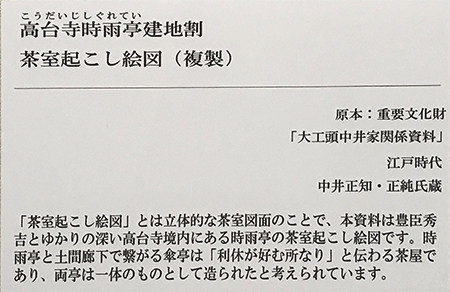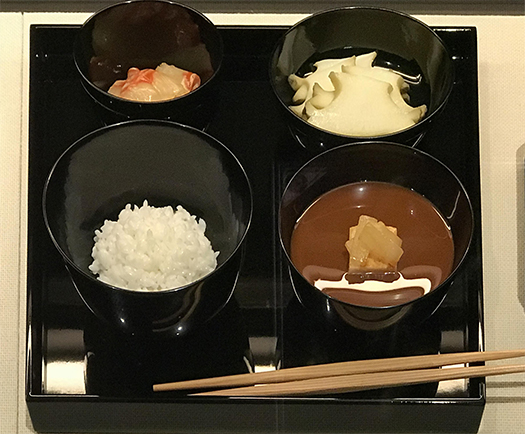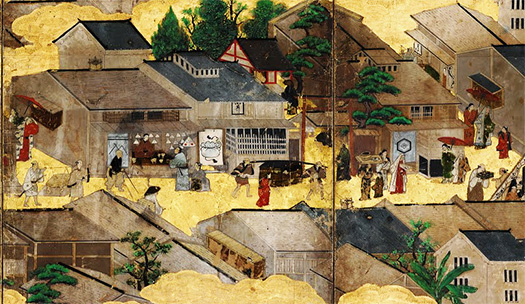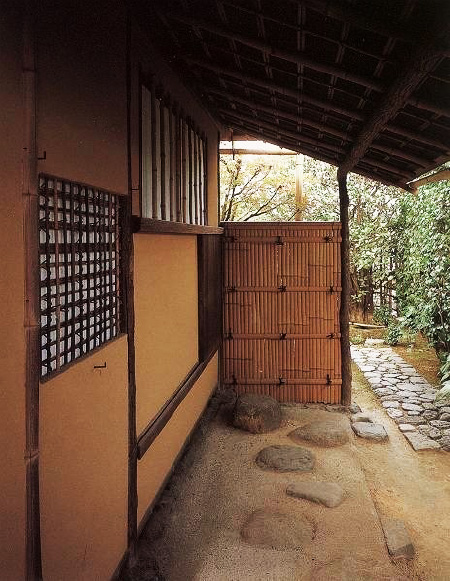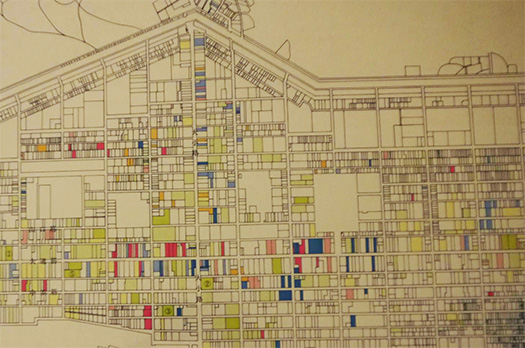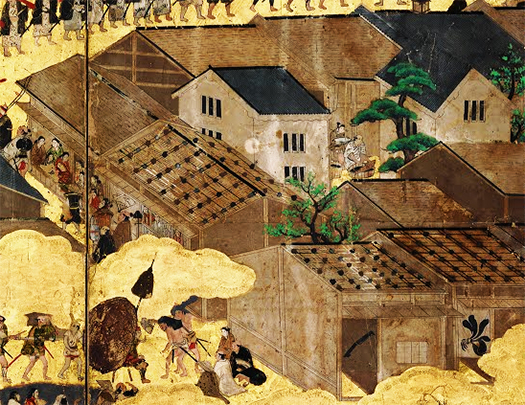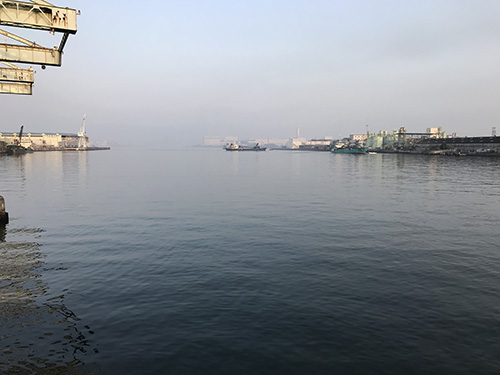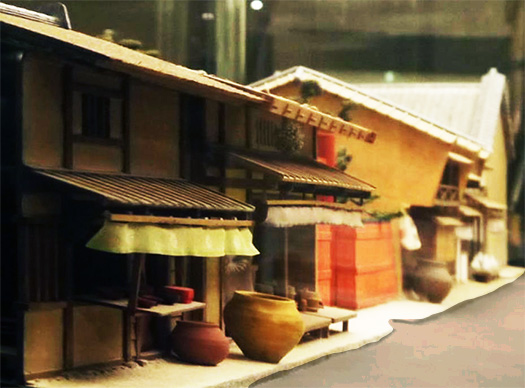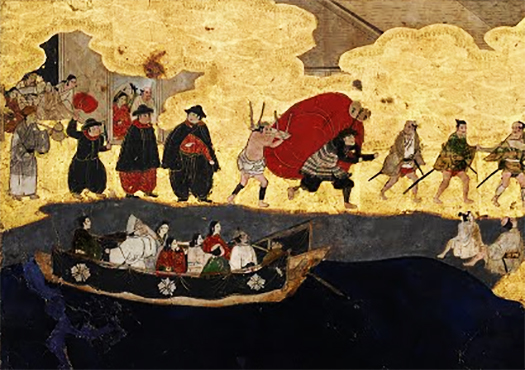


昨日いつものようにクルマで外出時、最寄りの市街地の金融機関温度計。
ほかの場所とは違って直射日光が当たるので、
どうも他の一般的な気温よりもやや高めの表示があるのですが、
それにしても札幌の気温としてやや常識外れのプラス37度表示。
ということで心なしか、街の様子がやや揺れている感じがした。
蜃気楼とまでは言えないけれど、暑さで人々とクルマ往来にやや非日常感。
たぶん暑さで人の動きがやや緩慢になっているように感じました。
クルマの運転でも暑さで気を取られて思わぬ不注意も予測されるので要チェック。
もうすぐ開幕のオリンピックでは暑さに配慮して札幌でマラソン開催ですが、
なんか申し訳ないような暑さで、たぶん現地調整している世界のランナーのみなさんに
ご苦労をおかけしているような陽気であります。
ただ、東京よりは交通規制などの条件ではマシだろうと思う次第です。
開催都市の市民としてはできるだけ涼しい環境を祈念しております。
ことしの札幌は6月から7月、エゾ梅雨もなく
晴天時にはまことに「天国にいちばん近い島」という感じがしておりました。
行動抑制が続いているので観光客の姿も少なく、
北海道らしい少なめの人間の数で構成された街の雰囲気。
行動抑制が続いていわゆる世論形成がインターネットやメディア中心。
これまでのオリンピックとはややムードが違いますね。
さてこういう暑さの季節には早朝散歩も早めスタート早め終了。
まだしも気温上昇が抑えられる早朝に行っております。
今日の予想では最高気温が33度で沖縄よりも高くなっている。
ですが、最低気温の方は22度で沖縄より6度ほど低い。
おおむね1万歩なので、時間にして1.3時間。距離はだいたい5〜6km。
写真のような自然のなかを歩く森林浴満喫コース。
ことしはヒグマの出没が旺盛のようで旭川では街の真ん中を流れる河川を
ヒグマが泳いで移動している発見が相次いでいる。
かれらの行動も早朝からが多いのであまり自然深く歩くことは回避。
写真は個人的に年中観察を続けている円山自然林里山のオオウバユリ。
いまが満開の花芽を楽しめる時期。
早い個体ではすでに閉花してタネ作りになっているものも出ています。
毎年見ていても、その可憐さには癒されております。
English version⬇
[Midsummer 37 degrees? Sapporo 2021]
When I went out by car as usual yesterday, the thermometer of the financial institution in the nearest city area.
Unlike other places, it is exposed to direct sunlight, so
Apparently there is a display that is slightly higher than other general temperatures,
Even so, the temperature in Sapporo is a little out of the ordinary, plus 37 degrees.
So, I felt that the city was shaking a little.
It’s not a mirage, but the heat makes people and cars feel a little extraordinary.
I felt that the movement of people was a little slow, probably due to the heat.
Even when driving a car, you may be distracted by the heat and unexpected carelessness may be expected, so check it out.
At the Olympic Games, which will start soon, a marathon will be held in Sapporo in consideration of the heat.
To all the runners in the world who are probably adjusting locally due to the heat that I feel sorry for
It’s cheerful as if you’re having a hard time.
However, I think it’s better than Tokyo in terms of traffic regulations.
As a citizen of the host city, I pray for a cool environment as much as possible.
This year’s Sapporo is from June to July, without the rainy season
When it was fine, I really felt that it was the “island closest to heaven.”
As the behavior is restrained, there are few tourists,
The atmosphere of the city is made up of a small number of people, which is typical of Hokkaido.
Behavioral restraint continues and so-called public opinion formation is centered on the Internet and the media.
The mood is a little different from the previous Olympics.
By the way, in such a hot season, the early morning walk starts early and ends early.
We are still going early in the morning when the temperature rise can be suppressed.
Today’s forecast is that the maximum temperature is 33 degrees Celsius, which is higher than that of Okinawa.
However, the lowest temperature is 22 degrees, which is about 6 degrees lower than Okinawa.
It’s about 10,000 steps, so it takes 1.3 hours. The distance is about 5-6km.
A forest bathing course that walks in nature as shown in the photo.
This year, brown bears seem to be infested, and in Asahikawa, the river that runs through the center of the city
There have been a series of discoveries of brown bears swimming and moving.
Many of their actions start early in the morning, so avoid walking too deeply.
The photo shows Oobayuri from Maruyama Natural Forest Satoyama, which I personally observe all year round.
Now is the time to enjoy the flower buds in full bloom.
Some early individuals have already closed their flowers to make seeds.
Even if I look at it every year, I am healed by its cuteness.
Posted on 7月 19th, 2021 by 三木 奎吾
Filed under: こちら発行人です, 日本社会・文化研究 | No Comments »




